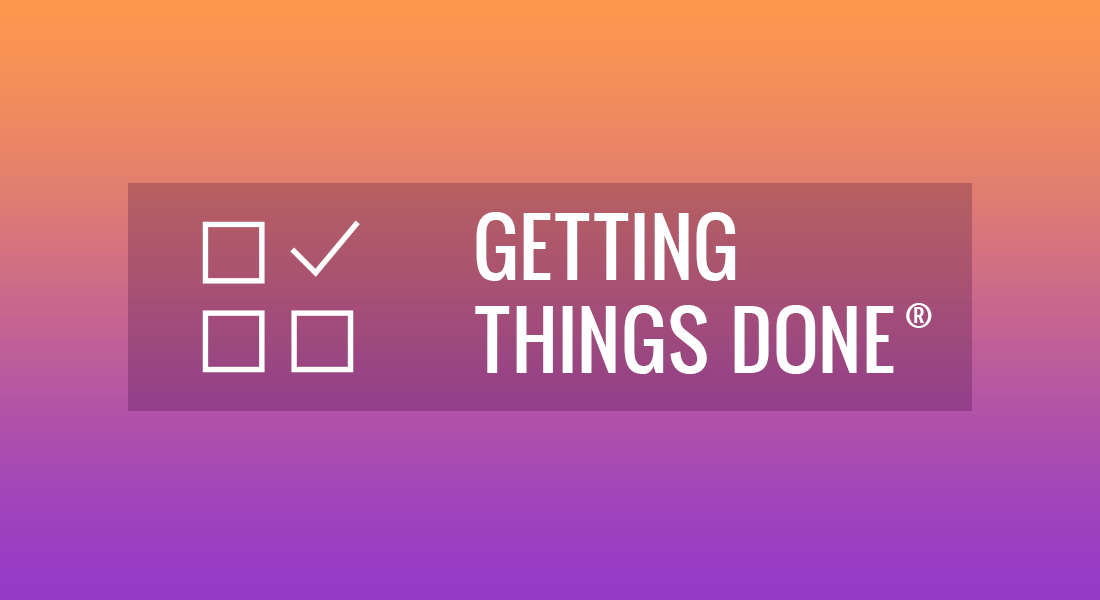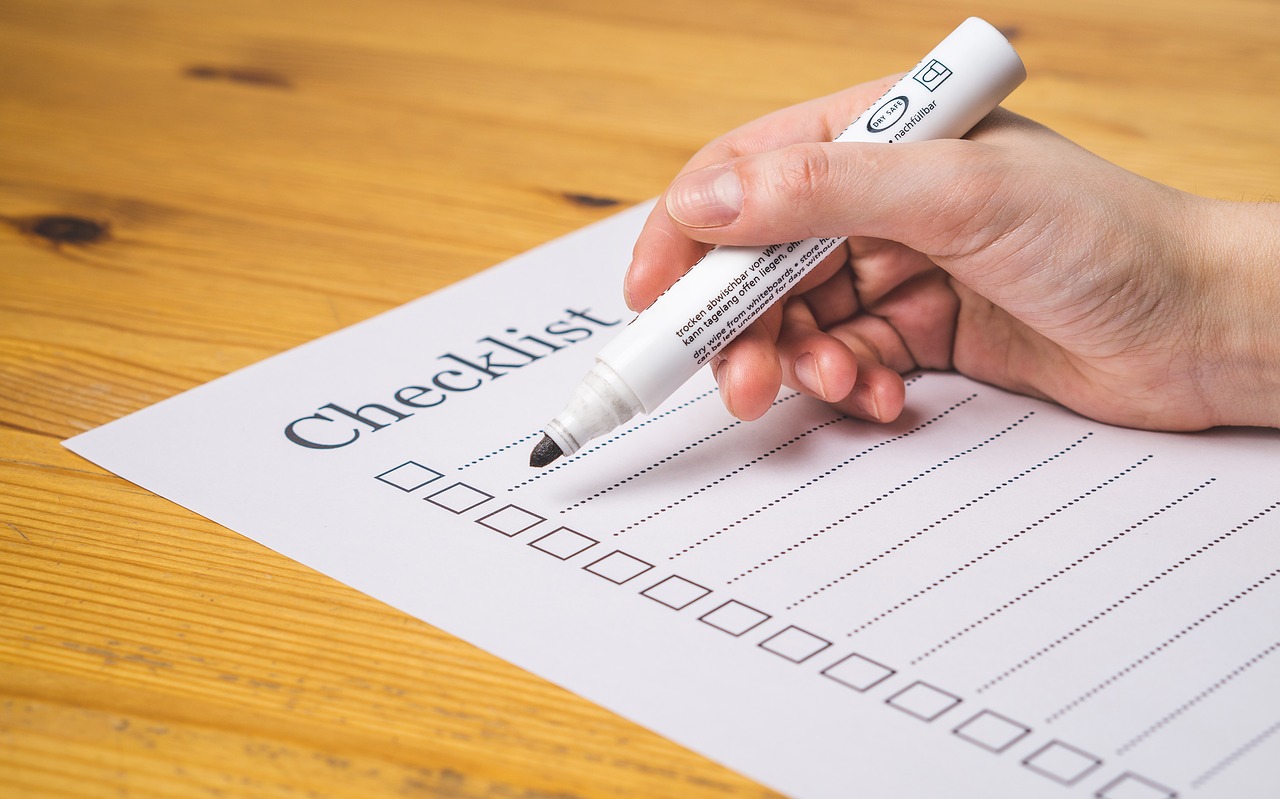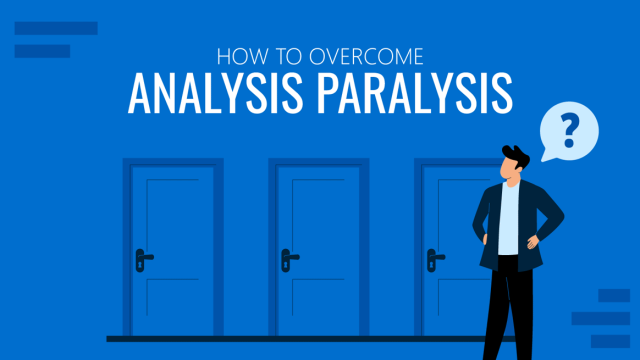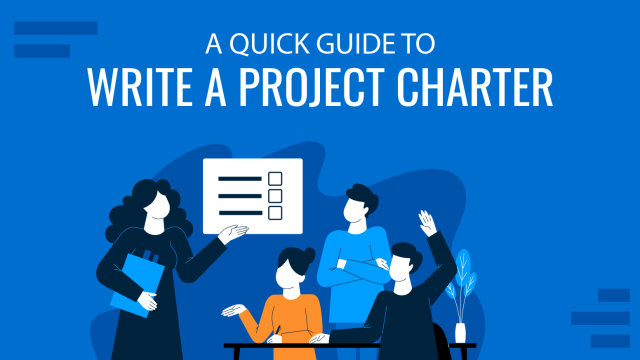
Sometimes when things get difficult and you feel like procrastinating your tasks, you need to put in the extra effort and get things done. The GTD or Getting Things Done method is all about making sure you get things done on time by planning your tasks systematically.
How Getting Things Done (GTD) Method Works?
The Getting Things Done is basically a time management method. The concept comes from a book which was published with the same name by David Allen in 2001. The GTD method works by recording tasks and converting them into actionable work.
The Five Pillars of GTD
The GTD method contains five basic pillars, namely; capture, clarify, organize, reflect and engage. These are the pillars, which can help you get things done on time and to improve your work efficiency. The method itself can also be classified as a more elaborate version for your to-do list, where you better organize tasks and execute them using proper planning.

1. Capture
The first pillar of GTD is to capture everything you do such as in the form of your to-do list, ideas, pending tasks, etc. You can use various methods for this such as using a note-taking app like Evernote, Google Keep or even good old paper and pen. You should use a method that is easy enough to use and can help you avoid procrastinating the task of making your to-so list. You can learn more about how to make better to-do lists from our post about making realistic to-do lists.
2. Clarify
The next step in the GTD method is to clarify things that need to be done. In other words, you need to breakdown your tasks into actionable steps. For example, if you have a meeting and need to make a presentation, you can break down each step, from the start of the preparation of your PowerPoint to the agenda, meeting invites, meeting arrangements, etc.
3. Organize
Once you have captured your notes and reached clarity in what needs to be done, it’s time to organize yourself to ensure that everything gets done in a systematic manner. You can prioritize your tasks in a specific order, such as by priority and urgency. If you have a habit of getting stuck in organizing tasks, you can get some tips from our post about overcoming Analysis Paralysis.
4. Reflect
Many a time to-do lists require revisions as some priorities might change. For example, some meeting might get canceled, or the agenda might be changed due to some instruction from the senior management. In such a case, it is important that your list is updated and prioritized. Furthermore, you might also need to review your list periodically to look for possible issues. Therefore, one of the steps of the GTD method is to reflect upon your list to make sure you are able to aptly perform your tasks and account for changes where needed.
5. Engage
Once you have everything in place, it’s time to execute your tasks. This is the engagement phase where you will be implementing your plan based on your list. By the time you reach this stage, your list would be clear, organized and you would have reflected upon it to account for changes and pitfalls.
GTD and Other Productivity Methods
There are a number of productivity methods that you can use with the GTD method or opt for as alternatives to GTD. These include the Pomodoro Method and Parkinson’s Law. Pomodoro is a productivity method, which can be used to set a time for completing tasks in a distraction-free environment to increase productivity. You can learn more about this method from our post about the Pomodoro technique. Similarly, you can learn from our guide on Parkinson’s Law, which can allow you to trick your mind to complete tasks sooner than their deadlines to boost efficiency and the quality of work.
GTD and Presentations
The GTD method can also be ideally used for presentations. Using the five pillars, i.e. capture, clarify, organize, reflect and engage. The Getting Things Done method can help you improve your presentations by completing them on time and giving yourself enough time to reflect upon your slides to find clarity and keep things organized. You can also mix other productivity techniques such as Pomodoro and Parkinson’s Law to further improve productivity.
Final Words
Getting Things Done is not just a method but an attitude that can make your life easier by ensuring that your tasks are organized, completed on time and can help reduce unnecessary stress. You can use the GTD method for not just presentations or office related tasks but also to organize your daily life and to ensure that you are able to save some time for yourself to rest and unwind.


